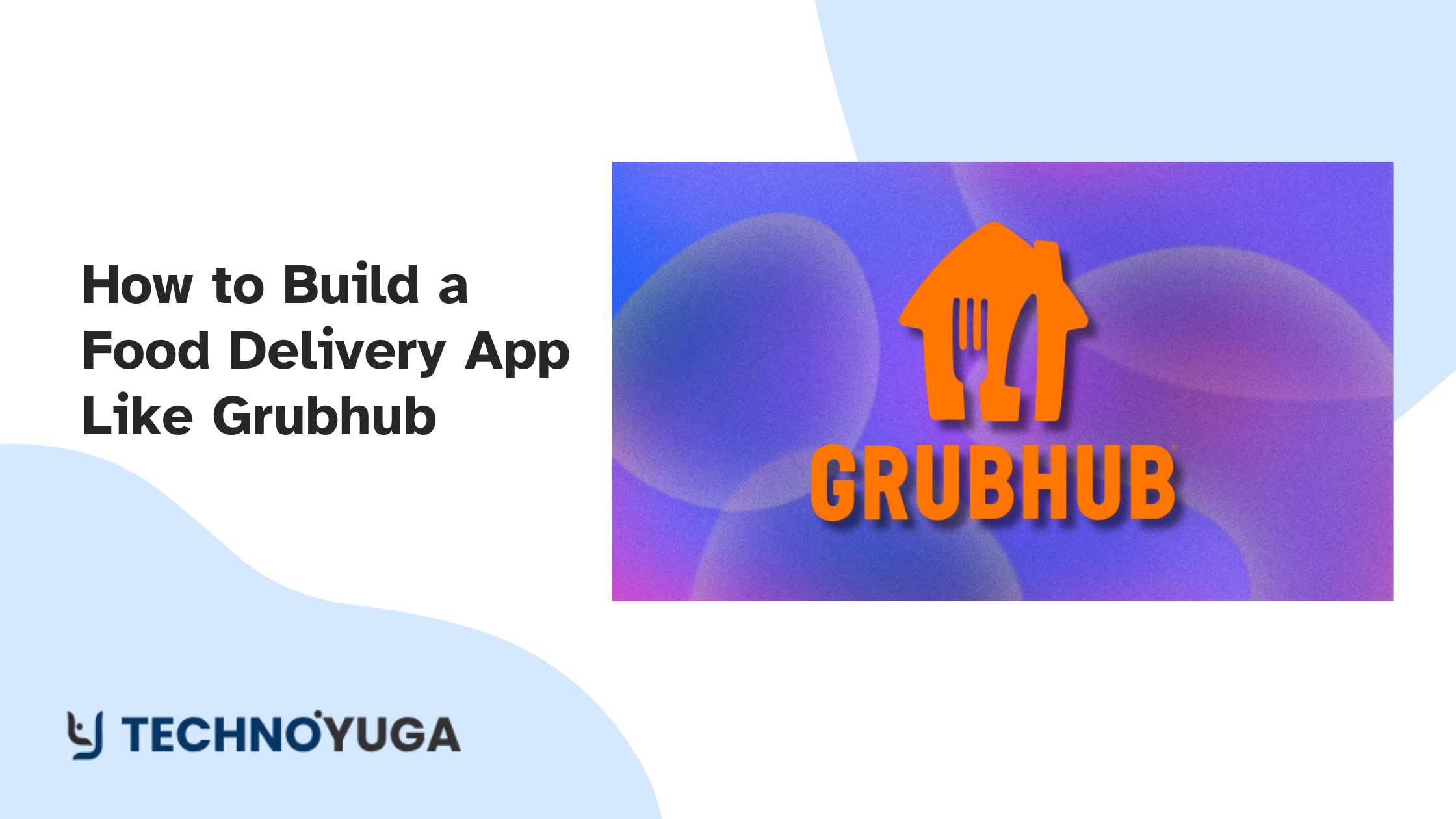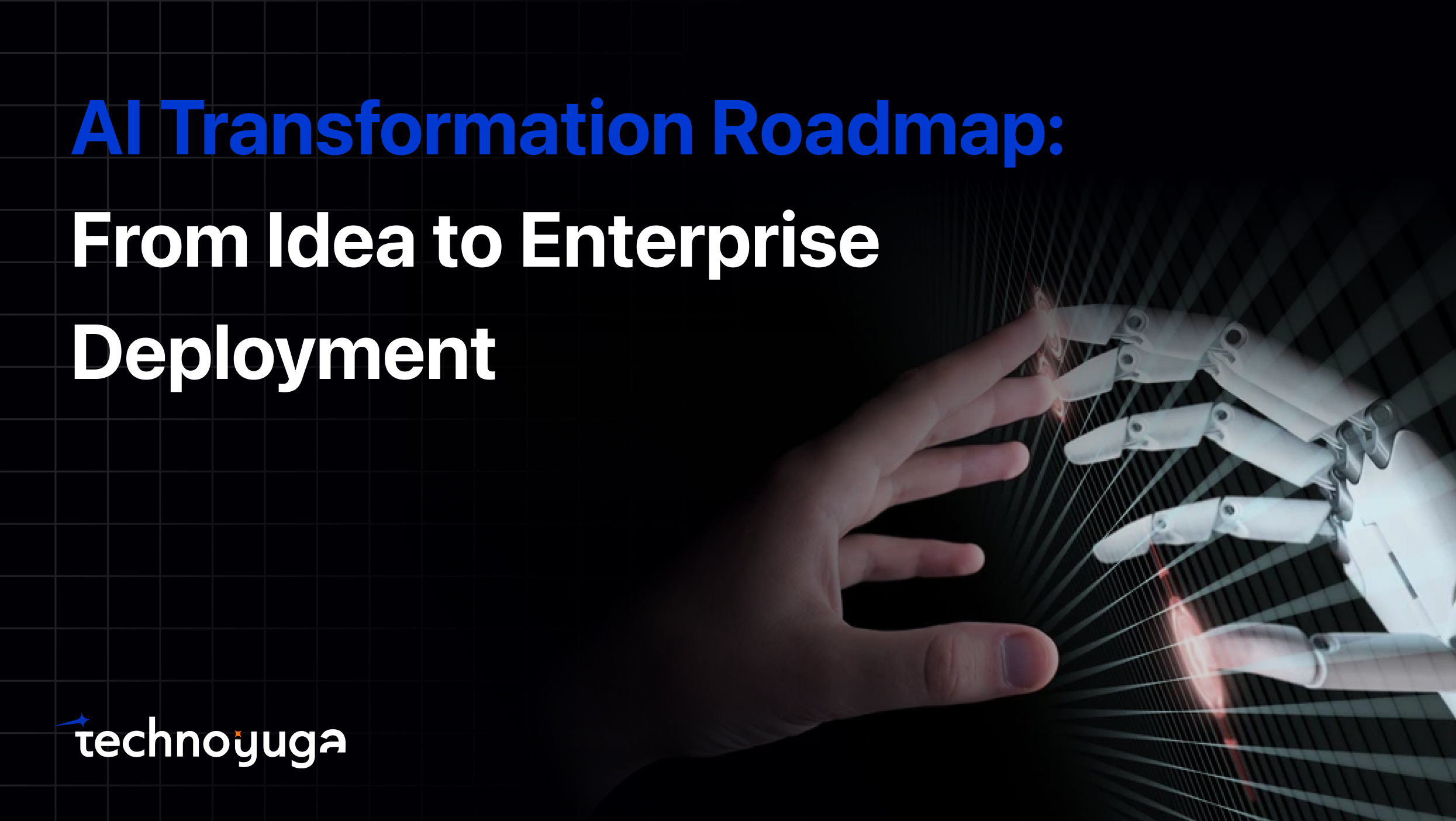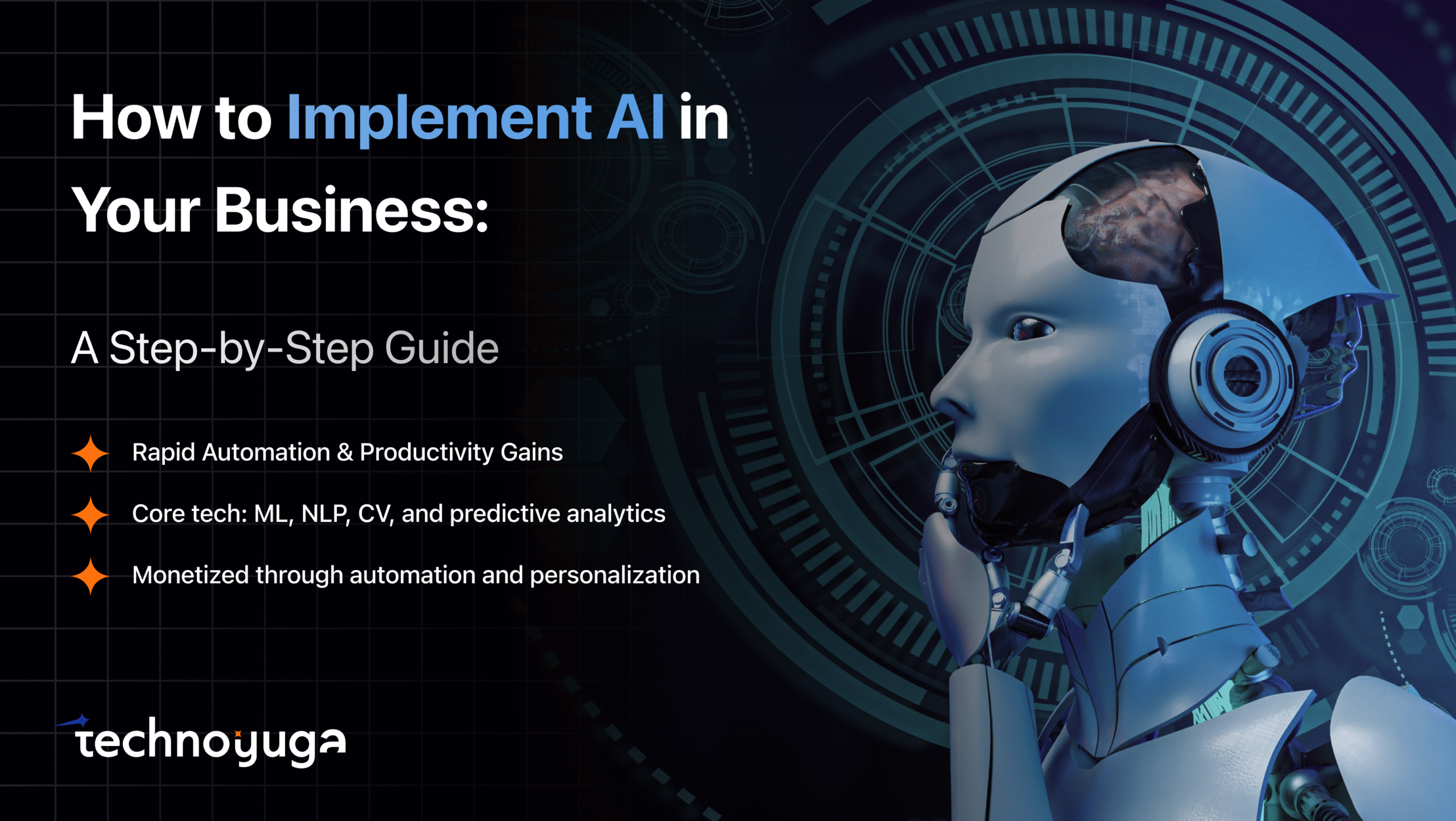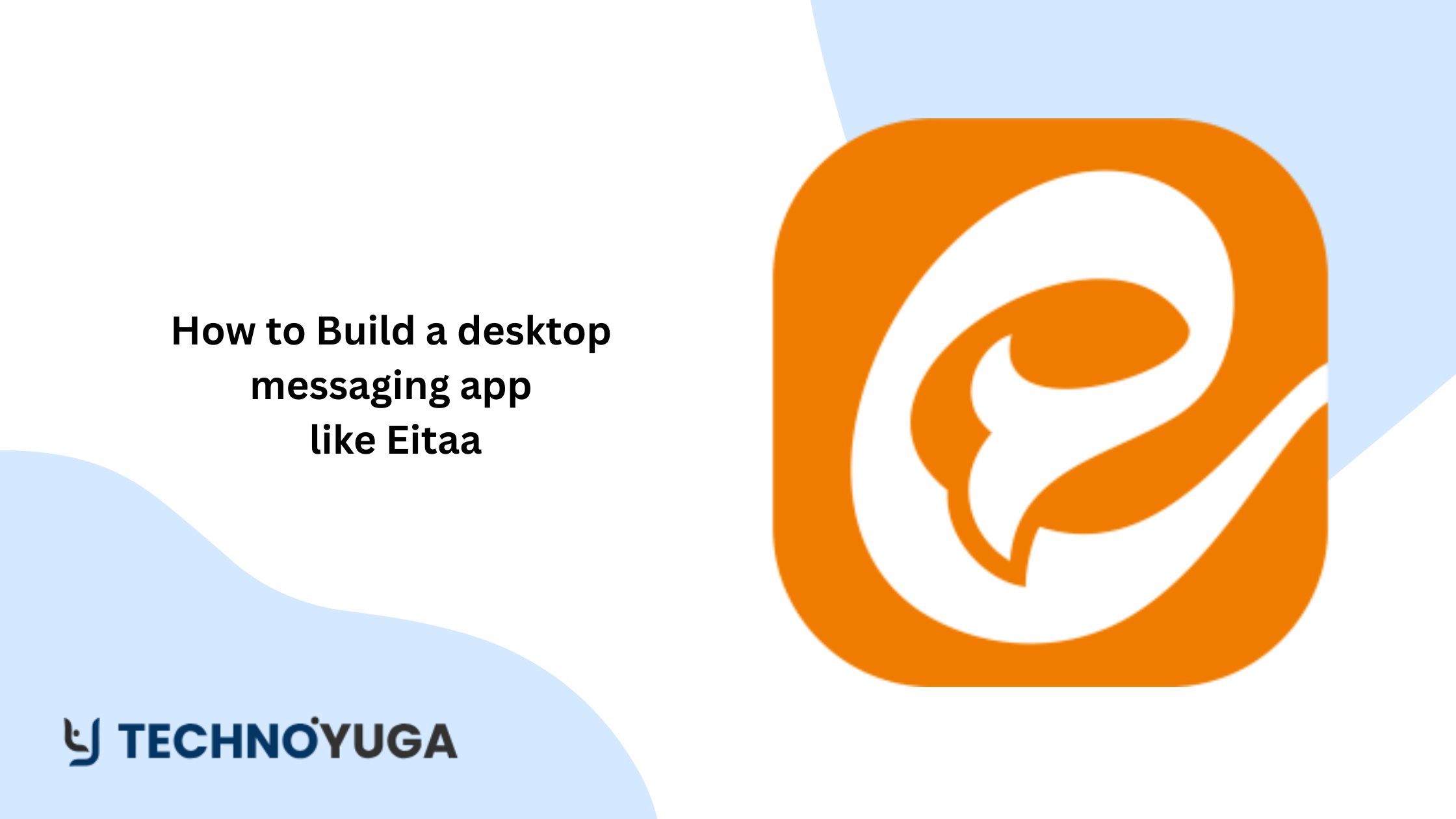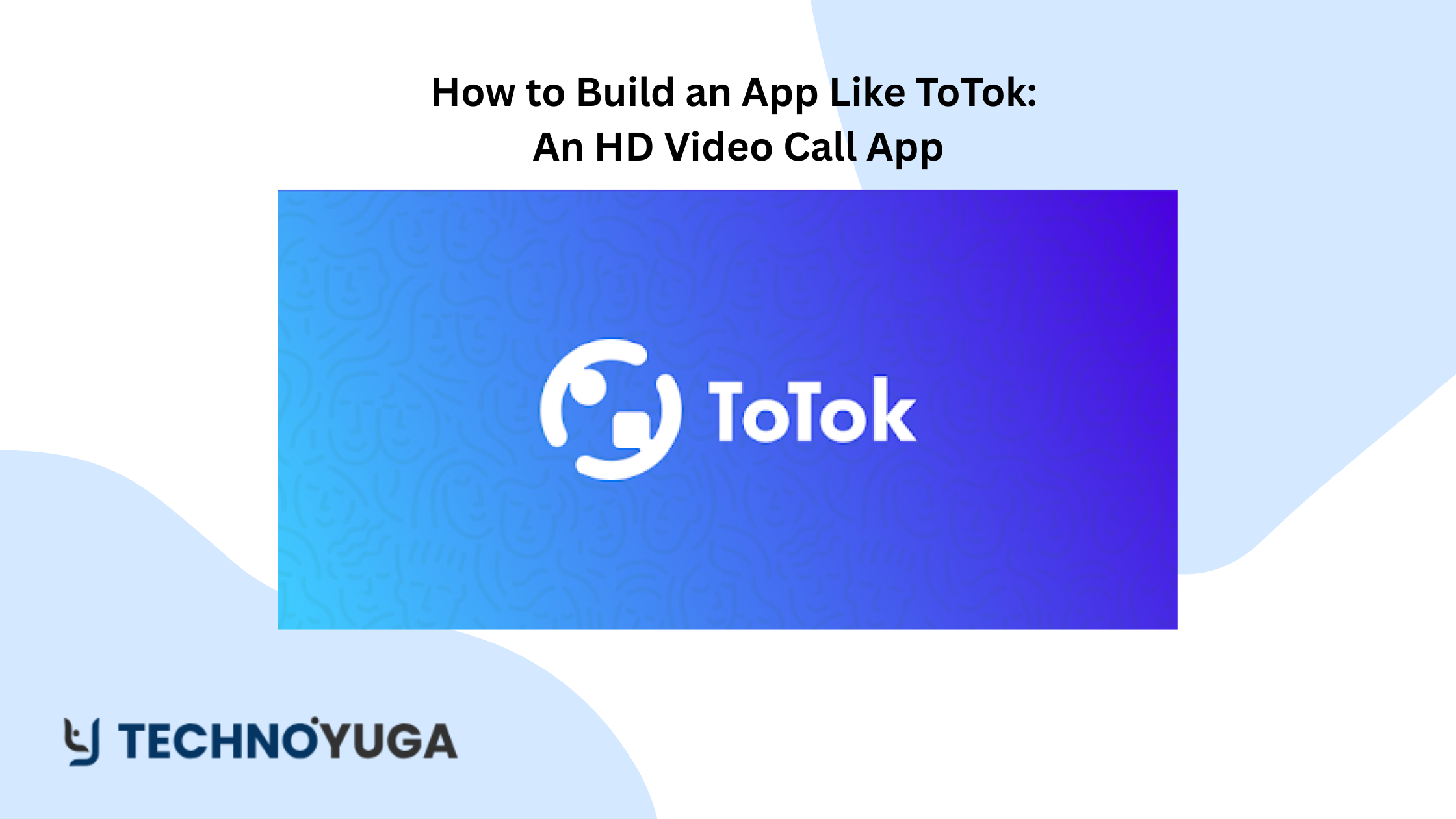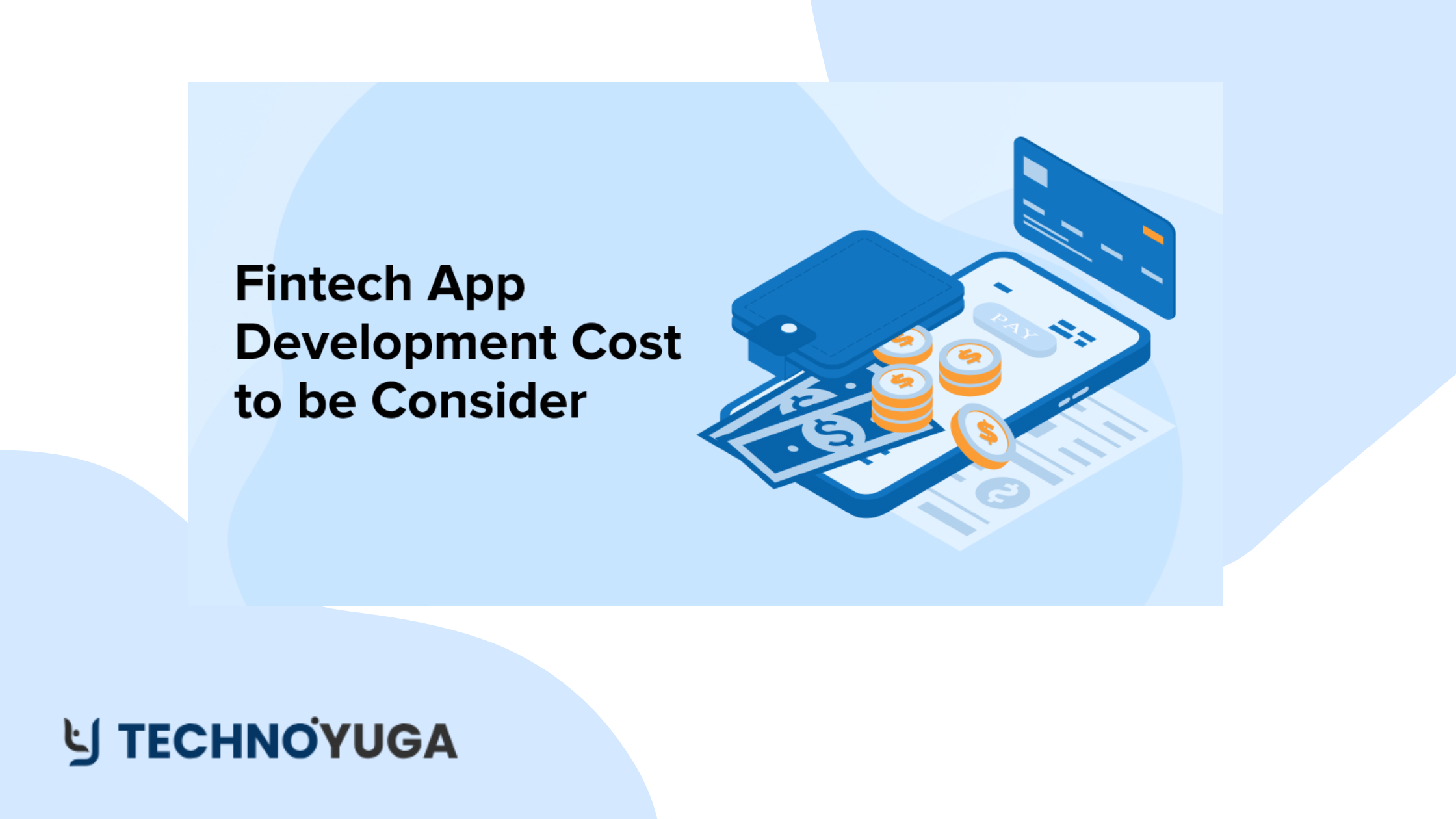As one of the leading online takeaway food ordering and delivery services companies, Grubhub has done well for itself since its establishment. If you’re looking to build a food delivery app like Grubhub, you’re tapping into a booming industry with vast potential. Grubhub, a leader in the food delivery market. It has set a high standard with its user-friendly platform and extensive restaurant network.
Grubhub is a company that has proven the viability of its services by diversifying and expanding its services constantly. This platform has made consumption convenient by enabling clients to order food via menu, selecting what they want and have the food delivered at their doorstep through an application of their smartphone.
From the side of the clients, food delivery applications give the customers a chance to eat tasty meals without going out. Some of the features that are available include GPS tracking in real-time, different methods of payment, and most importantly, recommendations based on each individual’s preferences, all of which improve the restaurant experience.
The development of the food delivery app like Grubhub is quite beneficial, as you can enter the already gaining much popularity market and become useful for customers. Looking at how Grubhub developed and realizing the appreciation of food delivery apps will help you start your own platform.
So, if you are inspired to develop an food delivery app like Grubhub or wanna know about the process. You must go through this blog!
What is Grubhub App?
Before build a food delivery app like Grubhub, Grubhub is a food delivery service that gives people access to fast and efficient delivery of meals from various restaurants. It enables individuals to order meals through the online services of their preferred restaurants and get it delivered at their homes. A user can search through multiple menus of different restaurants, order for foods and even pay through the app.
It applies strategies such as real-time order tracking and consumer reviews as tools that can assist the consumers. Grubhub was established in 2004 and over the years this food delivery company has expanded its services to millions of consumers in the United States. The app can help to order foods with ease, whether being at the comfort of your home or out and about.
What are the Must Have Features For Food Delivery Apps Like Grubhub?
User-Friendly Interface
Another consideration is that the application should be easy to navigate and designed to be user-friendly. It should be easy to work with, with icons and menus to be easily identifiable and placed so the user could easily find the desired feature. The layout should be clear and intuitive and not pose challenges when using the application for browsing through restaurants, selecting items or even placing orders. An appealing and easy to navigate application can have a positive impact on usage, in that people are more likely to use the application more frequently.
Restaurant Listings
Another aspect of the applications that bring food to our doorstep is the list of restaurants. They provide a list of restaurants that are open featuring working search and filter by cuisine, location or star ratings. This makes it easy for the users to reach their preferred restaurant to place an order from. Each listing usually consists of the restaurant’s name, address and average delivery time which helps users in their decision making process where to order food from.
Menu Display
The menu display gives users information on various foods being sold across each restaurant. It contains details of each meal they offer, their costs, and even pictures of a meal to enable the client to get a visual aspect of the food they are ordering. This feature is helpful to users who can make right decisions with regard to the meals they should take. Another essential aspect of menu display is order customizability – users should be able to order additional ingredients or make alterations to their orders easily.
Order Customization
This feature can be explained as the choice of the specifics of the dish an individual user wishes to order. These are options such as the size of the portion, any dietary restriction or preference, or toppings/ ingredients. It also makes sure that the users can place their orders to get what they want or what they cannot consume based on the policy. Options for customization ultimately help to increase customer satisfaction due to their ability to receive precisely what they desire in terms of food to eat while dining.
Real-Time Tracking
Real time tracking helps users to be getting the status of their foods as they order and wait for it to be delivered. This feature indicates the location of the delivery driver and the estimated time of delivery. The use of the internet allows users to track the progress of their order right from preparation to delivery which makes it more transparent and reliable. The possibility to track delivery processes in real time allows working with user expectations and minimizes stress regarding when the food is going to arrive.
Secure Payment Options
The availability of secure payment methods is always an essential factor to consider when designing an application for fast food delivery. They make sure that it is possible for users to make their payments for orders with ease and without any risk of losing their cash. This involves coming up with several modes of payment that include credit/debit cards, online wallets (PayPal, Apple pay Etc), and cash on delivery. Payment should also be encrypted so that the various financial details are not accessed by unauthorized personnel. It allows users to pay in several forms hence readjusting the payment method to fit their need making the app more secure and credible.
User Reviews and Ratings
For the food delivery apps, User reviews & ratings are the features that positively affect the performance of the app. They provide an avenue where customers can post their experience with restaurants and delivery personnel. This also creates awareness to other users on where to order food from or which delivery service is the best. Positive comments can lead to increased orders while comments that are negative can go a long way in improving the services offered. Policies of showing genuine reviews and ratings should be adopted to avoid subpar services or products being offered as they should be filtered and easily found under the highly Reviews and ratings sections.
Push Notifications
Messages making people aware of what is going on bring users closer to the food delivery app. They notify users about status updates such as order status, estimated time of arrival, special deals, as well as new restaurants on the platform. For example, a notification can inform the users that their food is ready or on its way or inform them that there is a discount available. Such information updates can help a user to stay in touch with the application and to make more orders. Appropriate push notifications should be short and on the topic, making the general customer interaction better without being disturbing.
Order History
One of the unique features is order history whereby the users can easily check their previous orders placed from within the app. There is a section where users can easily place an order in their regular meals without the need to search for them again. This feature also includes the previous orders section where users can view details and all prior orders made. In this way, you save your users’ time by giving them the possibility to see their order history and order their favorite products as soon as possible. This situation might result in customer satisfaction and their subsequent patronage of the business.
Customer Support
Technical support is a crucial feature as it helps customers deal with any problems and provide additional information regarding the services in a food delivery application. It can contain features such as an in-app chat or a call button where users can seek assistance from support agents. Depending on whether the user has a problem related to an order, a payment concern, or a query about the restaurant, user-friendly and efficient customer service guarantees that the user has their concern addressed promptly. Effective customer support is important in dealing with any controversy that may arise from the user’s side of the story. This is important as it boosts customer trust in the app.
Personalization
Personalization makes the application more appealing to the user and it adapts to the user’s preference. This feature applies data about previous orders, searches, and the user’s behavior to suggest the products that will be interesting for each user. For instance, if a user tends to order pizzas often, the app would recommend new pizza places, or other promotions of his/her favorite type of food. Personalization is just a way to bring more relevance and personal appeal for the app which in turn enhances the satisfaction level by making the ordering process more interesting and tailored.
Admin Dashboard
An admin dashboard is the critical requirement of the food delivery app as it helps in overseeing the functionality of the app. It has the functionality of enabling administrators to view orders, follow up on deliveries, post restaurants, and also evaluate on achievements. It assists the evaluation of decision-making factors by providing order trends, users, and financial reports. These administrative tasks are made easy by the dashboard, thus enhancing smooth functioning and the efficiency of the app.
Benefits Of Build an App Like Grubhub
When you have an idea to Build a Food Delivery App Like Grubhub you must be aware of its benefits, so. here they are:
Tap into a Booming Market
The food delivery business is on the rise due to the following factors; The pizza delivery market is expanding as people require eating convenience and fast services. Creating an app like Grubhub means you can join this rapidly growing market that has already attracted many interested users and promising businessmen. In the current world of fast food delivery, you can target a constant number of users who may be interested in online food delivery services.
Enhance Customer Convenience
A food delivery app provides tremendous value by delivering prepared meals right at the customer’s doorstep. Facilitative options such as real-time monitoring, flexible payment methods, and customization of orders make it simple. This continuity has been proven to aid in the acquisition and maintenance of a strong customer base.
Increase Restaurant Revenue
Providing an app as a delivery option for local restaurants helps them increase their sales because customers have a new way to order from them. Catering services can be made readily available and more orders can be completed. To sum it up, this partnership with the restaurant industry is also helpful for your app in hunting for popularity and credibility in the market.
Data-Driven Insights
An on-demand food delivery application gathers considerable information about customers and their usage patterns. It can be applied to better promotional campaigns, upgrade the service quality, and provide customized solutions. It is crucial to monitor various aspects of your app and analyze them with a view of optimizing your product.
Flexible Business Model
This means that creating a food delivery app is not limited to different models of profit generation, including delivery fees, service charges, and commissions from restaurants. Among others, you are able to make money through advertisements in the app and subscribers’ fees. It allows adjusting the business model to market needs and increasing revenues to the maximum extent.
Competitive Advantage
The best tactics include ensuring that one has developed an appealing app with the best features that distinguish one from competitors. This means that if a company ensures it provides a good user experience, reliable delivery and exceptional customer support, it stands in a good position in the market. Some degree of differentiation gives you the ability to attract more consumers and puts you in front of current competitors.
Scalability and Growth
A food delivery app has the mobility advantage, which simply means that it can easily spread to other regions and markets. The more users you have, the more restaurants you can include, as well as improve features, and include more delivery areas. It also helps to determine the company’s future development pace and the possibility of entering new sales niches.
Cost to Build an App Like Grubhub
Here’s a table outlining the estimated cost to build an app like Grubhub, considering various development stages and features:
| Development Stage | Estimated Cost Range |
| Planning and Research | $5,000 – $10,000 |
| UI/UX Design | $10,000 – $20,000 |
| Backend Development | $20,000 – $40,000 |
| Frontend Development | $15,000 – $30,000 |
| Database Setup | $5,000 – $10,000 |
| API Integration | $10,000 – $20,000 |
| User Registration and Profiles | $5,000 – $10,000 |
| Restaurant Listings and Menus | $10,000 – $20,000 |
| Order Management System | $15,000 – $30,000 |
| Payment Gateway Integration | $10,000 – $15,000 |
| Real-Time Tracking | $10,000 – $20,000 |
| Reviews and Ratings | $5,000 – $10,000 |
| Push Notifications | $5,000 – $10,000 |
| Admin Dashboard | $10,000 – $20,000 |
| Testing and QA | $10,000 – $20,000 |
| Deployment | $5,000 – $10,000 |
| Maintenance and Updates | $5,000 – $15,000 (annually) |
Total Estimated Cost: $165,000 – $320,000
6 Build a Food Delivery App Like Grubhub
Follow these steps to Build a Food Delivery App Like Grubhub:
Research and Planning
-
Market Research:
Market research is basically a study of the food delivery industry as it is today where one studies about the trends, customers and rival competition. From analyzing successful apps, such as Grubhub, you get to learn what barriers need to be eliminated, and what pillars need to be strengthened. It is clear from this research that you identify the market demand, opportunities, and how you are going to take a unique position with your app. Knowing the levels of competition helps set expectations for the developed app and places a good foundation for the process of development.
-
Target Audience:
It is essential to define your target audience before developing an app to best match the audience and their demand. Some of the possibilities include age, location, dining frequency and technology utilization. For example your target market might consist of working people who often order food to be delivered to their offices, or students who need food on campus. This is essential in designing features and putting into practice marketing approaches that will attract the right target audience for your app.
-
Feature List:
The feature list is to help you define the core features your app will include on the market. The basic functionalities that are expected in a food delivery app are restaurant list, map to track the order, secure payment gateway, reviews, and notifications. Categorize them according to the benefits they offer to the customer and how they can simplify the order placing process. Feature descriptions are used to guide developers in designing an app, as they check off all the requirements and guarantee a perfect UI experience.
-
Budget and Timeline:
Prioritization of resources and the duration that the project will take is critical hence the need for a budget and timeline to be well developed. The budget should encapsulate development costs from design through development, testing stages and marketing. How much do you need for each phase and how much would you set aside for it? Also where possible it is advisable not to set unrealistic timelines for the various stages in the project from planning to the actual launch. Budget and time-line therefore assist in exercising some control on the project to ensure that it has not slowed down or incurred more costs than planned.
Design the User Interface (UI) and User Experience (UX)
-
Wireframes and Prototypes:
Wireframes and prototypes are a set of preliminary sketches of your application or website. Screens are commonly described as rough sketches or even digital mockups that illustrate the relative position of elements. Prototypes on the other hand are more elaborate and dynamic tools that may mimic how the app would function in reality. By using wireframes and prototypes, one is able to see the architecture and navigation of the app, which is essential when planning the user flow. They form the basis on which the user interface and experience can be established and all the required components are present.
-
UI Design:
UI (User Interface) design is the process of bringing out the face of the app, in as much as it is dealing with how the app is going to look like. It involves deciding on such aspects as color scheme, fonts, and icons and general appearance of the site to ensure it is well designed. It is the aim and intention to make an application well designed and look nice with all the buttons and content visible and clickable. A good UI design makes an application looking attractive and easy for users to navigate thus improving first impression and satisfaction.
-
UX Design:
Actually, UX stands for User Experience which means that the design is supposed to make the usage of the app as convenient and entertaining as possible. It encompasses the design strategy aimed at making it easier for users to navigate the app and accomplish possible tasks. This includes user flow enhancement, task’s step reduction, and coherence in-between app screens. This kind of UX design assists users in achieving their objectives quickly, and they are more likely to return the app again.
-
Feedback:
Collecting the feedback is important when it comes to making the app look perfect. Assessing how potential users engage with the wireframes, prototypes, and initial versions of the app involves the process. This way people give their opinions which may reveal problems or other aspects that you have not considered as well. Considering the users’ feedback to address the issue can help create a final product that is closer to meeting the users’ needs and thus increase satisfaction and retention.
Develop the Backend
-
Database Setup:
Database creation is essential as it helps to store and organize all the data that your application will need, including: user data, restaurants’ details, food and drinks lists, orders, payment, etc. Select an efficient and secure database to store the amount of data and have the ability to retrieve the necessary data in a short period of time. To further enhance fast query response as well as proper organization of data, proper data management must be implemented. Safety copies and security concerns are important to prevent data loss or leakage.
-
Server and Hosting:
Selecting the right server and hosting platform makes a significant difference in the performance of an app and its availability to the users. Choose an efficient hosting service company to host your site, one that can guarantee good uptime, ease of expansion as well as strong security. Popular cloud services based on flexibility and solidity are AWS, Google, or Azure, as well as others. Make sure that your server resources are optimized for the kind of traffic you expect, particularly during rush hour and that you are protected against various threats.
-
API Development:
APIs are simply the bridge that enable communication between your front end and your back end of your application. Generate methods for such operations as getting restaurant information, taking orders, updating customer information, and integrating external services like payment systems, maps, etc. Smooth APIs ease data flow, thus enabling the app to work effectively or normally in this case. APIs must be adequately locked, small, and documented to allow for their easy method and change.
Develop the Frontend
-
User Registration and Profiles:
User registration and profile are common that contain input forms to create registration, login and preserve log-in data and users’ personal information. These are registration via an email/SNS login, registration of delivery address and preference, and viewing of past orders. This makes it easy for the users to get started thus a positive experience from on registration increases engagement rates among other factors.
-
Restaurant Listings and Menus:
The listings and menus of restaurants and the foods they offer are some of the most important parts of a food ordering application. This feature presents a list of restaurants in the area of interest so the users can look through them and find the most suitable place for eating out. In providing a comprehensive overview of restaurants, each profile contains full menus with descriptions, prices, and9 pictures. These directories are vast and clear in their structure, and visitors are able to locate what is needed and proceed with the ordering with relative ease and don’t stumble across any difficulties or quirks in the process.
-
Order Management:
Order management is one of the cores that ensure the functionality of the food delivery application, coordinating the processes of placing an order and tracking its status. This feature permits customers to provide additional information on their orders, include additional requests, and select delivery or pickup services. Users can also monitor in a live manner the status of an order right after it has been made until it reaches the delivery stage. Effective order management implies that the products arrive on time and are accurately delivered to the appropriate consumers for improved service delivery.
-
Payment Integration:
The integration of payment is one of the most important aspects which guarantees safe and discreet payments right in the application. Some of the accepted forms of payments are through credit/debit cards, online wallets, and through cash on delivery. There is often encryption that is used in protecting information during transactions that are carried out in the networked systems. Multiplication of the possibilities of payment and correct, secure checks greatly increase the confidence of the users and make them able to decide without strain to finish the purchase.
Testing and Quality Assurance (QA)
-
Functionality Testing:
During functionality testing checking is made to see that all functional aspects of the application are running as designed. This includes ensuring that each feature of the system is, including registration, listing of restaurants, order placing, payment, and order tracking. Each function is run independently and then alongside others to try to discover errors and problems. The intent is to guarantee the smooth running of the application, so that each user does not experience any difficulty in the use of the app.
-
Usability Testing:
Usability testing is aimed at determining how complicated or simple it is for a particular user to navigate the app. Testers have the critical role of assessing the layout, the usability, and the flow of the given application. This has to do with watching actual users use the application, some of the challenges they experience and modify the design as deemed fit. The goal is to ensure that it does not take the user too much time and effort in searching for restaurants, making orders, and performing other functions, thus improving the customers’ satisfaction with the app.
-
Performance Testing:
Performance testing assesses the capabilities of an app in different operational scenarios. This comprises and evaluates the accomplishment of the app’s speed, reaction, and reliability while in high traffic. Quality testers impose artificial traffic loads to determine the ability of the app to perform when many users are present without compromising its performance. The aim here is to maintain a high speed to serve the users of the app well even under pressure of traffic in the office.
-
Security Testing:
Security testing helps to identify the potential threats that the app might face or the gaps within the app security mechanisms that may be exploited by hackers. This requires the designing of tests to look for potential security risks involving data leakage, unauthorized access, or fraudulent payments. Users analyze how strongly the app protects the data, financial transactions, and personal information. The goal is to make sure that the user’s private information is secured and that the app conforms to the required security policies so as to gain the user’s trust.
Deployment and Maintenance
-
Launch:
To launch your app means you need to publish and make it downloadable on primary app markets such as Google Play Store and Apple Store. All the tested features should be optimized and any bug found should be eliminated prior to the launch. Write catchy text on the app store that includes a good description, attractive screenshots, and necessary keywords to capture users’ attention. It’s more desirable to have a problem-free beginning because this enables the user to download the application immediately and begin using it.
-
Marketing:
As important as for getting users to the application, it is equally important to market your app and ensure that people are aware of it. Some of the marketing methods that can be used to push the presence of your app include social media marketing, email marketing, promotion by influencers, and paid advertisements. Emphasize what should be noticed by concentrating on the advantages. Marketing is effective when it comes to increasing the amount of downloads as well as ensuring that users regularly engage with the app which is fundamental in its development and success.
-
User Feedback:
Evaluating the feedback received from users of the app is important in order to determine the extent to which the application is meeting the needs of its users. Remind users to rate your app and share feedback on app stores and prompt users with in-app surveys or app customer support. Assess the above feedback to know what changes should be made. All these help you make better decisions as to how to improve the application and make it even more appealing to the users.
-
Updates and Maintenance:
Updates of the apps are done routinely to ensure free from bugs and this enhances the security of the app. Roll out a version of the app and continuously check for glitches and problems to address them as they arise. Ensure to launch new editions of the software with different new and enhanced features or components to meet the needs of the users. As for the subsequent development, its purpose is to keep the app as topical, functional and efficient as possible, aligned with modern technology advances and users’ expectations.
Conclusion
Creating a food delivery application that competes with Grubhub requires planning, design for users, efficient development, and updates. By using various steps of assessing and designing, developing, testing, and deploying your app, you will be able to meet the need of increased food delivery application demand. Ensure users will have a positive experience when using the app, ensure customers are able to pay for your products safely and incorporate ways to collect feedback permanently. Food delivery apps are extensive; however, by implementing a proper marketing plan and ranting updates, the app can be successful. However, focusing on the value for users, cooperation with restaurants, it is possible to achieve success and organic growth.
